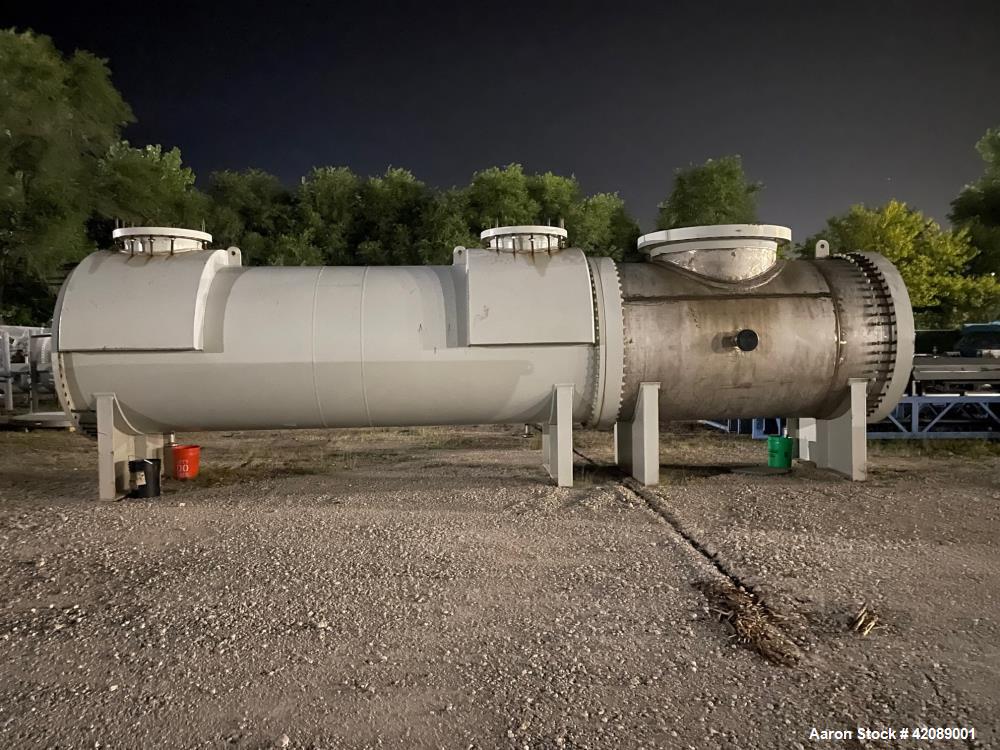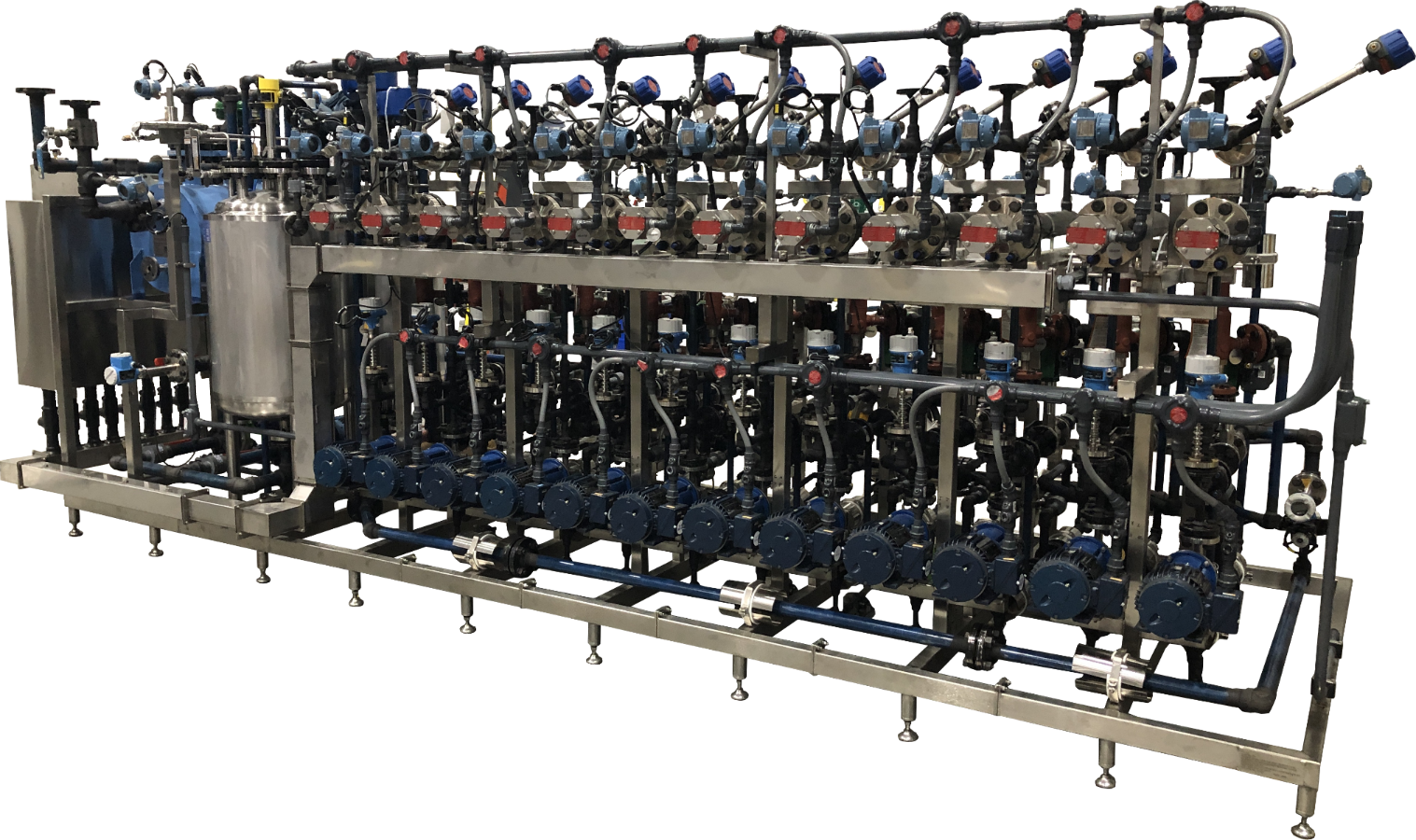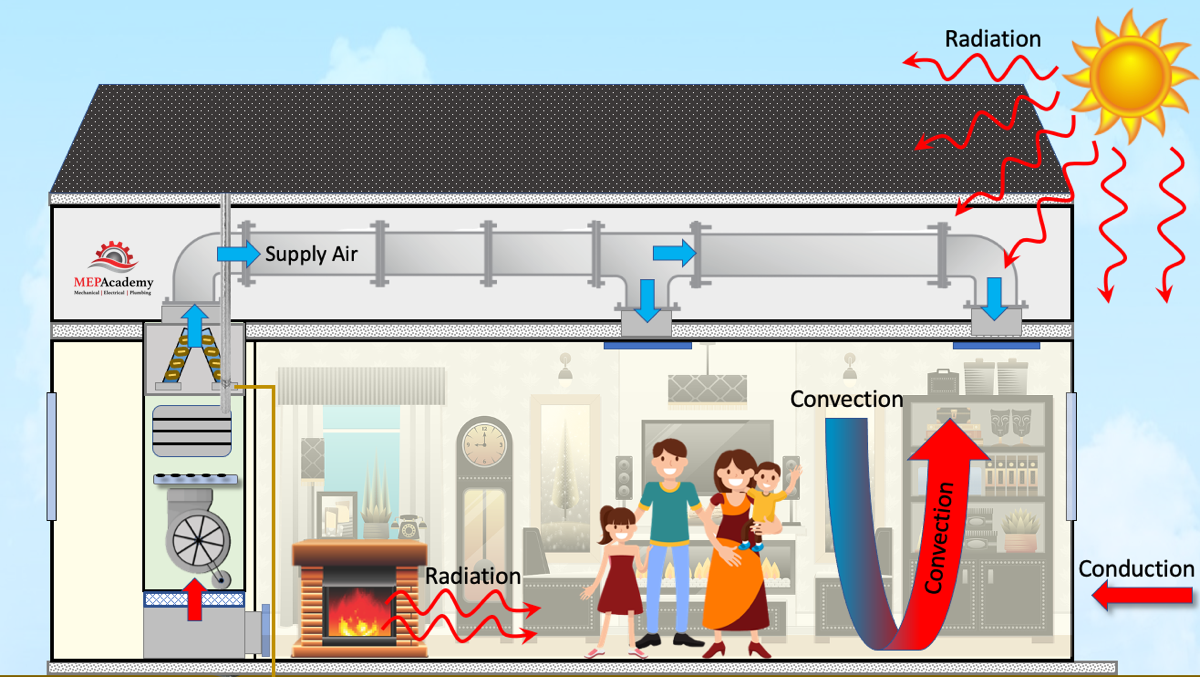How DVS Heat Transfer Systems Are Pioneering Sustainability Trends in Thermal Engineering
Wiki Article
A Comprehensive Guide to Choosing the Right Heat Transfer Solutions for Your Requirements
Picking the ideal Heat transfer system is necessary for operational effectiveness. Various systems accommodate different needs, affected by aspects such as temperature variety and fluid type. Understanding the concepts behind Heat transfer, such as convection, radiation, and conduction, is important. Furthermore, reviewing power resources and upkeep methods can affect long-lasting performance. A closer assessment of these considerations reveals exactly how to tailor a system to particular requirements. What should one prioritize in this facility decision-making process?Understanding Heat Transfer: Key Principles and Concepts
Heat transfer might appear like an uncomplicated idea, it includes an array of concepts that are basic for efficient system style - DVS Heat Transfer Systems. Recognizing these concepts is essential for developers and designers that intend to maximize thermal efficiency in different applications. Transmission, for example, involves the transfer of Heat via strong products, while convection refers to the activity of Heat within fluids. Radiation, another crucial concept, describes just how Heat can be moved with electro-magnetic waves. Each of these devices plays a vital duty in determining exactly how energy relocates within a system. By completely grasping these principles, experts can make educated choices, ensuring that Heat transfer systems operate efficiently and meet the specific needs of their applications
Sorts Of Heat Transfer Solutions: A Summary
Recognizing the principles of Heat transfer lays the groundwork for discovering the numerous types of Heat transfer systems offered. Heat transfer systems can be classified mostly into three kinds: transmission, radiation, and convection. Conduction entails Heat transfer via solid materials, counting on direct call between particles. Convection, on the various other hand, takes place in fluids (fluids and gases) where the movement of the fluid itself assists in Heat transfer. Radiation includes the transfer of Heat with electro-magnetic waves and does not call for a medium, permitting it to happen in a vacuum cleaner. Each type of system has distinct characteristics and applications, making it vital for individuals and companies to thoroughly assess their particular needs when picking the most appropriate Heat transfer option.Applications of Heat Transfer Solutions in Numerous Industries
Heat transfer systems play a crucial function throughout numerous sectors, affecting efficiency and item high quality. In industrial production processes, they facilitate specific temperature control, while in food and beverage handling, they ensure safety and preservation. In addition, a/c and environment control systems depend greatly on effective Heat transfer to preserve comfy environments.Industrial Manufacturing Processes

Countless commercial production processes depend heavily on efficient Heat transfer systems to make the most of performance and improve product top quality. In markets such as metalworking, Heat exchangers play an important role in keeping suitable temperature levels during welding, casting, and forging. These systems guarantee uniform Heat circulation, which is essential for achieving preferred material homes. Similarly, in the chemical production industry, Heat transfer systems assist in specific temperature level control throughout reactions, impacting yield and safety. In textile manufacturing, reliable Heat monitoring is important for dyeing and ending up processes, influencing color consistency and material top quality. By picking appropriate Heat transfer innovations, manufacturers can boost power effectiveness and reduce functional expenses, ultimately leading to a more lasting and affordable production environment.
Food and Drink Handling
Efficient Heat transfer systems are just as important in the food and drink processing industry, where preserving ideal temperature levels is vital for food safety and security and high quality. These systems play an essential duty in procedures such as pasteurization, sterilization, and food preparation, making sure that products are risk-free for intake and maintain their nutritional value. Heat exchangers, as an example, effectively move Heat between liquids, maximizing energy use while minimizing temperature changes. In addition, refrigeration systems are essential for extending and preserving disposable things life span. The option of Heat transfer innovation straight affects operational performance and item stability, making it important for food and drink makers to select the appropriate systems tailored to their particular processing demands. This mindful selection inevitably adds to consumer contentment and food security.
HVAC and Environment Control
While lots of sectors depend on Heat transfer systems for effectiveness, HVAC (Home Heating, Ventilation, and A/c) plays an essential duty in preserving interior environment control across different settings. These systems use Heat transfer concepts to regulate temperature level, moisture, and air quality, ensuring convenience and safety and security in property, business, and commercial atmospheres. Effectively designed a/c systems improve power performance, minimize operational prices, and lessen environmental influence. In commercial buildings, for example, reliable environment control adds to staff member efficiency and consumer satisfaction. In industrial applications, cooling have a peek at this website and heating systems aid preserve excellent problems for equipment operation and product conservation. Picking the best Heat transfer system is crucial for meeting details environment control check out here demands and attaining total system efficiency.Assessing Power Sources for Heat Transfer Solutions
In examining energy sources for Heat transfer systems, a contrast of renewable power choices and nonrenewable fuel source considerations is essential. Renewable resources, such as solar and wind, deal lasting options that can minimize ecological impact. On the other hand, fossil gas stay prevalent because of their recognized framework and energy thickness, triggering a cautious assessment of both choices.Renewable Resource Options

Nonrenewable Fuel Source Factors To Consider
Assessing fossil fuel factors to consider is necessary for the effectiveness and sustainability of Heat transfer systems. Nonrenewable fuel sources, such as gas, oil, and coal, are standard power resources that give substantial Heat outcome, making them preferred selections for industrial and residential applications. Nevertheless, their environmental influence, including greenhouse gas exhausts and resource exhaustion, elevates concerns. When picking a heat transfer system, it is crucial to assess the schedule, cost, and governing factors connected with these fuels. In addition, the effectiveness of fossil fuel systems have to be taken into consideration, as higher effectiveness can minimize some environmental drawbacks. Inevitably, a balanced approach evaluating efficiency and sustainability can direct decision-makers towards one of the most appropriate Heat transfer remedy for their particular needs.Elements to Take Into Consideration When Picking a Warm Transfer System
Picking an appropriate Heat transfer system calls for mindful factor to consider of various factors that can significantly influence performance and performance. One important variable is the operating temperature level range, which dictates the materials and layout suitable for the application. Additionally, the sort of fluid used in the system-- whether gas or fluid-- affects Heat transfer performance and compatibility. The system's size and ability have to straighten with the particular demands of the procedure to prevent inadequacies. Power source accessibility is also important, influencing operating costs and sustainability. Furthermore, the setup atmosphere, including room restraints and accessibility for upkeep, plays a significant duty in system selection. Finally, governing conformity and security criteria have to be considered to assure the system satisfies all lawful demands.Upkeep and Efficiency Optimization for Heat Transfer Equipments
Preserving Heat transfer systems is crucial for making sure maximum efficiency and longevity. Routine upkeep activities, such as cleaning up Heat exchangers and evaluating insulation, assistance avoid performance losses because of fouling and thermal bridging. In addition, monitoring system specifications, consisting of stress and temperature, enables early discovery of anomalies, decreasing downtime and costly repairs. Implementing a preventive maintenance schedule can enhance efficiency and extend the life expectancy of elements. Upgrading to sophisticated control systems blog can improve operational effectiveness by changing to differing conditions and tons. By focusing on upkeep and performance optimization, operators can achieve lowered energy usage, reduced functional expenses, and boosted overall system reliability, ultimately resulting in much better source usage and a more sustainable operation.Future Trends in Heat Transfer Technologies
As industries increasingly focus on sustainability and energy effectiveness, future fads in Heat transfer technologies are readied to undergo significant makeovers. Developments such as sophisticated products, including carbon nanotubes and nanofluids, assure improved thermal conductivity and effectiveness. Furthermore, the assimilation of sustainable energy resources into Heat transfer systems is obtaining energy, advertising eco-friendly solutions. Smart technologies, consisting of IoT sensing units, are anticipated to transform monitoring and control, enabling real-time information analysis for enhanced performance. The advancement of modular and small systems will facilitate simpler installment and maintenance, catering to varied applications. These developments suggest a change in the direction of even more lasting, effective, and versatile Heat transfer solutions, straightening with worldwide energy objectives and ecological requirements.
Regularly Asked Questions
What Are the Ecological Effects of Heat Transfer Systems?
The ecological impacts of Heat transfer systems can include greenhouse gas exhausts, energy intake, and potential thermal air pollution. Additionally, improper disposal of products and inadequacies can add to source deficiency and ecosystem disruption.Just how Do I Determine the Cost-Effectiveness of a Warm Transfer System?
To compute the cost-effectiveness of a heat transfer system, one have to assess initial costs, functional expenses, upkeep needs, and power efficiency, comparing these aspects versus the anticipated life expectancy and efficiency of the system.Can Heat Transfer Systems Be Utilized in Residential Setups?
Heat transfer systems can certainly be made use of in property settings. They provide efficient home heating and cooling options, making homes a lot more comfortable while possibly reducing energy prices. Their flexibility enables numerous applications in household atmospheres.What Safety And Security Rules Relate To Heat Transfer Solutions?
Safety and security laws for Heat transfer systems generally include guidelines on setup, operation, and maintenance. Conformity with local structure codes, supplier specifications, and sector criteria is important to ensure efficient and secure system efficiency in different applications.Exactly How Do Different Materials Affect Heat Transfer Effectiveness?

Transmission, for instance, involves the transfer of Heat via strong materials, while convection refers to the activity of Heat within liquids. Recognizing the concepts of Heat transfer lays the groundwork for discovering the different kinds of Heat transfer systems readily available. Heat exchangers, for instance, successfully move Heat between fluids, enhancing energy use while decreasing temperature level fluctuations. In evaluating energy resources for Heat transfer systems, a comparison of sustainable power options and fossil gas factors to consider is vital. Metals, such as copper and aluminum, conduct Heat efficiently, whereas insulators like rubber and glass reduce down Heat circulation.
Report this wiki page